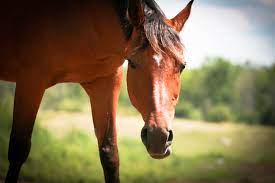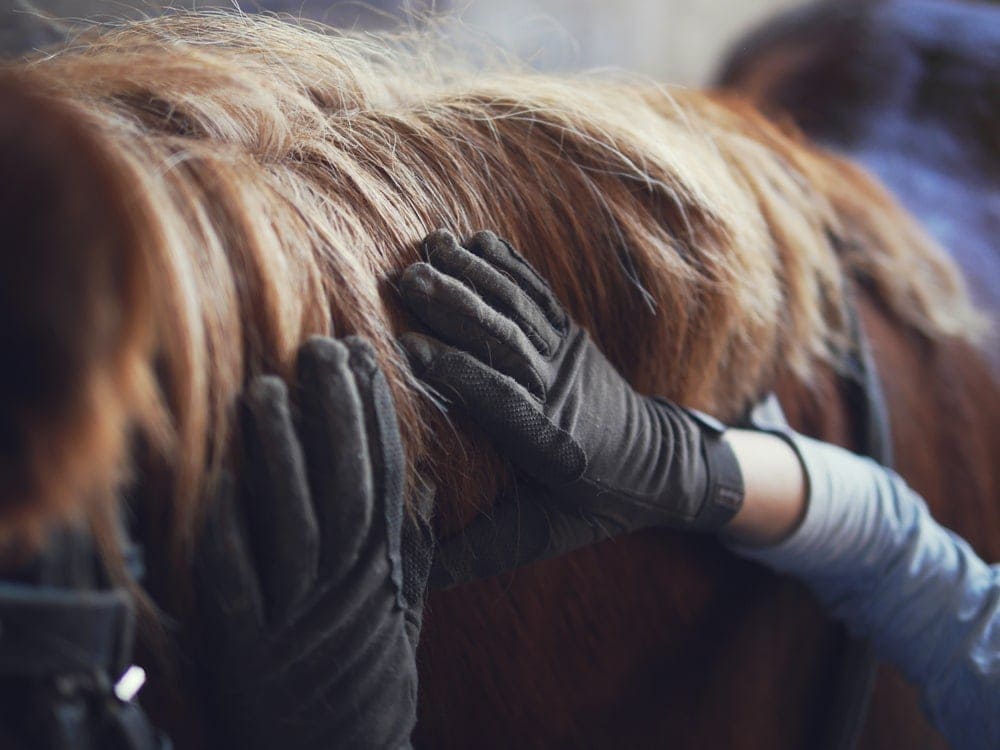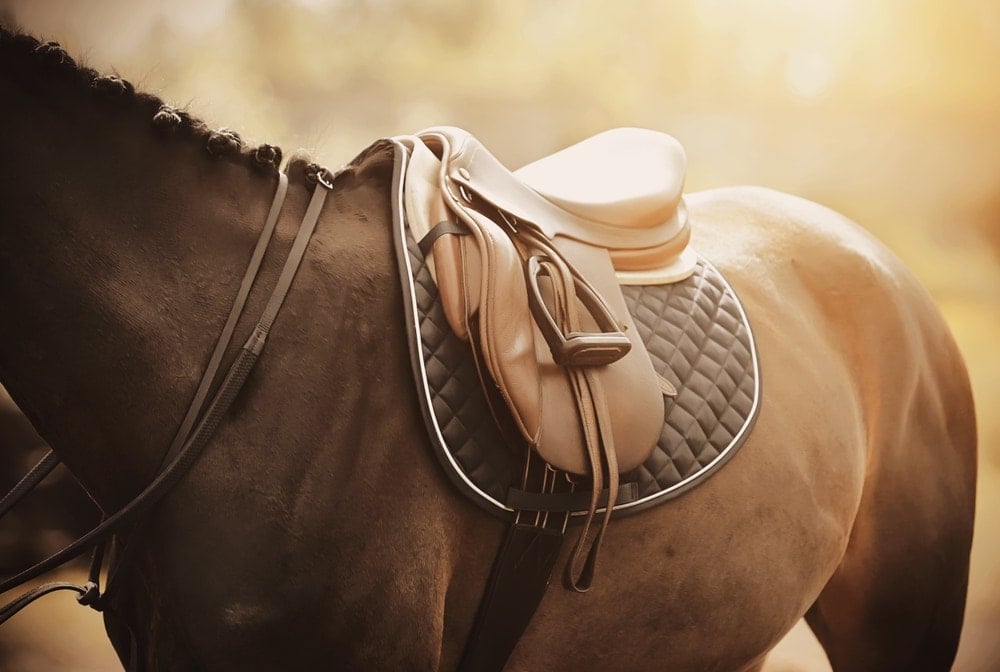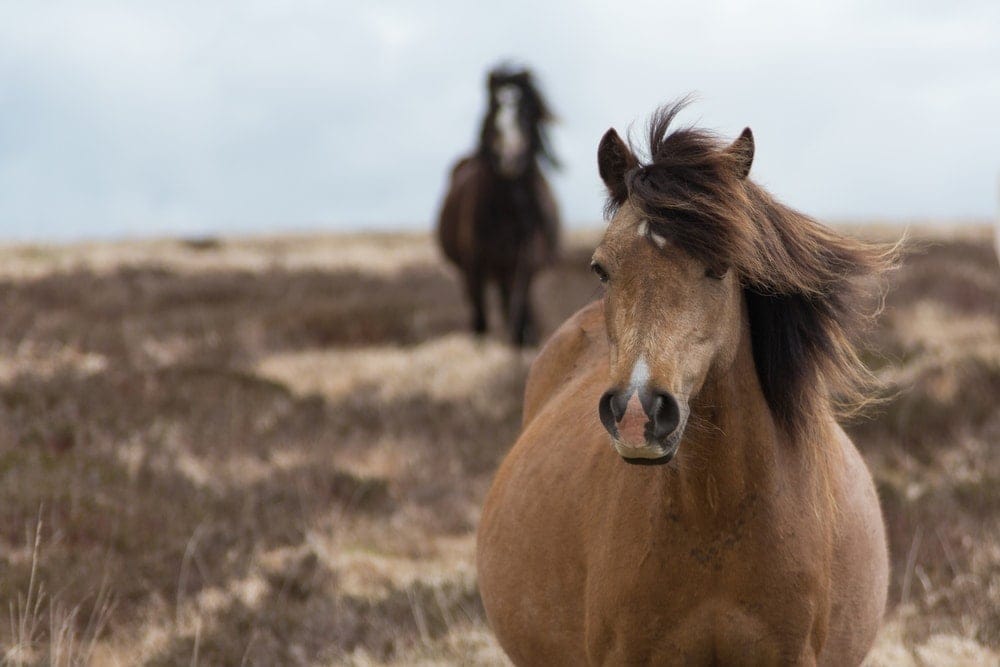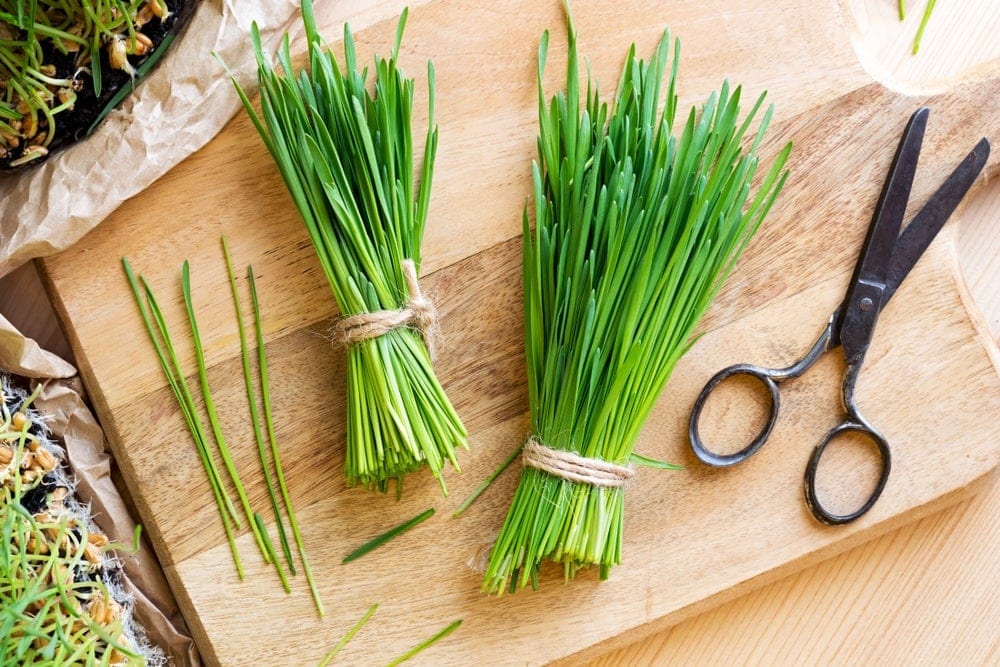Taking care of your horse throughout the year is vital for its health. After all, your horse depends on you for all its basic needs. In addition, to enjoy owning a horse, you should care for it properly. Caring for your horse during fall, spring, summer, or winter is essential for a safe and healthy horse.
One of the most important aspects of horse care is housing. Appropriate accommodation for horses should be large enough, airy, and comfortable, so you should buy the right equipment for your horse, for instance, the Kentucky towel rug is perfect to dry your horse after training exercises.
You should also consider environmental changes; even though you don’t have control over them, they will affect your horse’s health if you’re not proactive. With that in mind, let’s take care of a horse in the fall, spring, summer, and winter.
How to Look after Horses in the Fall
When it’s fall season, you should care for your horses as well as the spaces they reside in. However, let’s look after horses in the fall.
1. Don’t allow your horse to feed on leaves

It is a pleasure for anyone to see colored leaves on trees in the fall, but some of them pose a health risk to horses. For instance, black walnut, cherry, oak, plum, and red maple tree leaves are highly toxic to horses.
Therefore, do not discard the leaves you rake in the fields where your horses graze because the leaves are dense and may cause compaction in your horse’s intestinal tract.
2. Nutritional planning
To look after horses in the fall, nutritional planning will help your horse enjoy fall. With pastures depleted, horses rely on what you feed them to gain essential nutrients, therefore, you should plan how and what you’ll feed your horse when it’s inside the barn.
3. Parasite control
You should have a fall pest control program to deal with parasites such as stomach bots and tapeworms. Bots are bee-sized flies that attach their eggs to a horse’s belly hair.
When they ingest the eggs as a result of licking, the eggs can accumulate in the intestine, causing problems.
How to Take Care of Horses in the Summertime
1. Cooling
During summer, if it gets too hot for your horse to be comfortable, you can hose off your horse or get indoor water misting fans. However, you should ensure that you do not litter your horse too wet during fogging.
In addition, you can get primary rotating fans to keep your horse comfortable. If you install fans in the stable, ensure the wiring is out of reach to avoid harming your animal.
2. Slip-resistant floors
Slip-resistant material is vital for a horse stable because, during the summer, your horse can slip and tear a joint or ligament. If the space is made of concrete, use a rubber mat, or apply about half a foot of wood pellets. Ensure you remove any moist bedding from the barn daily to prevent potentially severe health issues.
Also, to take care of horses in the summertime, ensure you don’t use sawdust as bedding because it can cause respiratory tract problems. There are products that you can use instead of sawdust, like hydrated limestone.
If you can’t access hydrated lime, apply a thick layer of natural sand. However, make sure that the sand is always clean and dry because the sand does not absorb fluids like organic matter.
3. Waterproofing
The interior living room of a horse should be watertight and free of draughts during the summertime. High standing temperatures coupled with high humidity can lead to dehydration, fatigue, and other dangerous side effects on your horse.
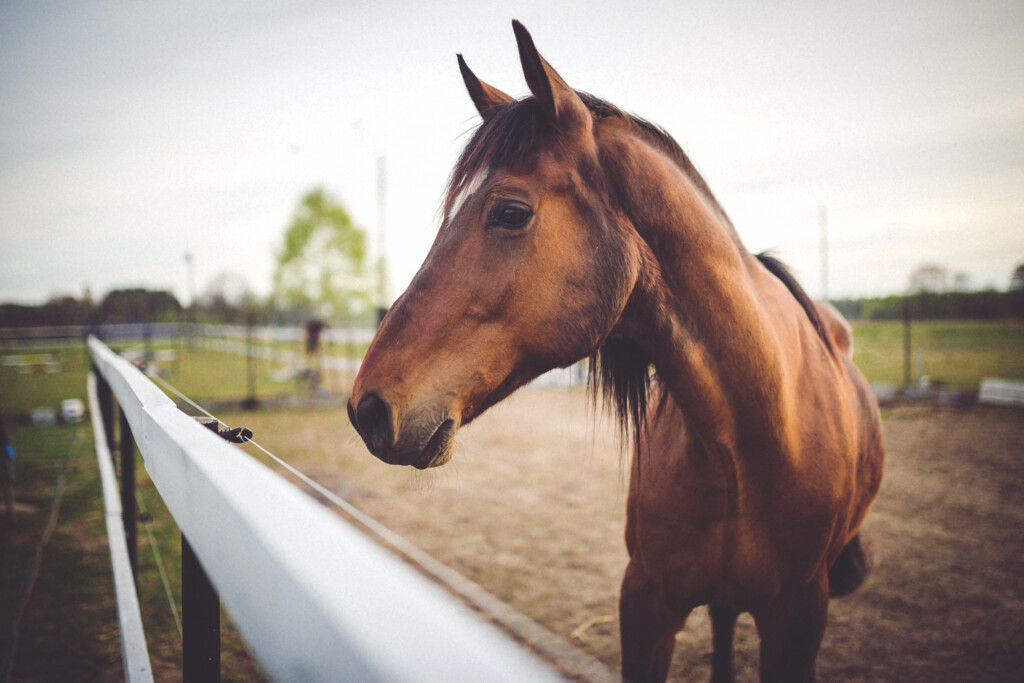
How can Horses Tolerate Winter Conditions?
Before we look at how to care for horses during winter, we should first look at the tolerance of horses in this weather. Typically, a horse can withstand temperatures up to -40° Fahrenheit.
There is a reason for this; the bigger the animal, the lesser the surface-to-volume ratio. Basically, the massive size of horses allows them to be tolerant to cold. Small horses lack this enormous surface-to-volume ratio, but their higher metabolisms help them compensate.
How to Look After Horses in the Winter
1. Adequate clean water
It’s essential to provide your horse with adequate clean water during winter. During summer, pasture comprises at least 50% water and can contribute to the horse’s daily water intake needs. On the other hand, dry winter feed such as hay includes less than 20% water, hence why you should provide your horse with more water in the winter.
Another reason why you should supply horses with proper clean water is that when horses drink less, they do not eat much. A lower dietary intake means that the horse has less energy available to maintain body temperature and weight during the winter months.
Reducing food and water consumption may also cause colic and digestive tract problems in your horse. Even if you offer your horse the best feeds available, it won’t eat a lot if it doesn’t have adequate clean water.
Additionally, you need to have in mind to look after horses in the winter: Adequate water also means that the fecal matter of your horse has sufficient humidity. If the fecal material lacks moisture, it can cause blockage in the digestive tract.
2. Exercise
When winter conditions are extreme, horse owners often limit their horses to the indoor lounge. However, isolation may inflate the legs of your horse. Therefore, you must provide your horse with sufficient exercise.
For instance, you can build an outdoor living area for your horse. However, be careful when riding in deep or wet snow because your horse can develop tendon injuries. Therefore, avoid ice-cold areas for your and your horse’s safety.
3. Hoof care
One of the most vital aspects of horse care that’s frequently missed is hoof care. Even though you’re not regularly riding your horse during winter, its hooves still grow. What’s more, when your horse walks on icy ground, it can break its hooves.
So, remove the shoes and trim the hooves before winter. Also, ensure you trim the hooves regularly so that when it’s spring season, your horse can have hooves that can hold shoes.
4. Provide blankets or windbreaks
As illustrated above, horses are very resistant to cold temperatures, but a blanket is a good idea if the horse has been shaved for performance or work during the winter months.
But, when you cover your horse, you should monitor it because it may get entangled in the cover straps, or the cover may change, causing your horse problems.
You should also remove coverage on a routine basis to check for skin conditions. Even when temperatures are low, blankets can warm your horse’s skin, which can cause itchiness and peeling.
5. Sand and salt
You can use sand in horse indoor living areas to increase traction on ice. However, you shouldn’t feed your horse near the sand because they can accidentally ingest it. Additionally, use salt to accelerate ice melting if temperatures are not too hard.
You should apply salt in the inner living space in moderation, although no research shows that it can negatively affect the horse hooves. If you use pure salt to melt the ice in the indoor lounge, make sure your horse has another source of salt to reduce off-ground consumption.

6. Structure design
Whether you have an existing interior living area or are constructing one, the shelter must have farm certificates that can support a minimum of 30 pounds of ice per square foot. Additionally, you should check the structural motions around the joints, such as cracking or decomposition.
If the lounge is closed, you should check the attic walls to see if any ice has penetrated. If the ice gets in, it can lead to mold and decay. Also, make sure that there is no risk of ice or snow falling from the barn.
7. Ventilate barns
If your horse is housed in the barn most of the time in the winter, you should properly ventilate the barn to prevent respiratory illness. Ventilation of the indoor living space removes condensation buildup and excess moisture.
How to take care of your horses in spring
In all the shelters for horses, the arrival of spring is accompanied by a wave of activities, such as preparation for future seasons. Thus, it is an excellent opportunity to look after your horse.
8. Feeding
Your horse’s nutrition plan goes along with your riding goals. If you need to, you should progressively make dietary adjustments to allow bacteria in your horse’s intestinal tract to adapt to the new diet.
9. Lighter blankets
If you had blanketed your horse during the winter months, swap the heavy blankets for lighter ones. Your horse can sweat in the afternoons, leaving the blanket damp.
10. Vet visit
To take care of your horses in spring a necessary visit by a veterinarian is essential for the overall health of your horse. This may help alleviate problems such as respiratory problems while driving or resting.
To conclude, owning a horse is rewarding, and exciting and offers all kinds of leisure possibilities.
it is your duty as an owner to take care of your horse throughout all seasons of the year, including, to the best of your ability.
